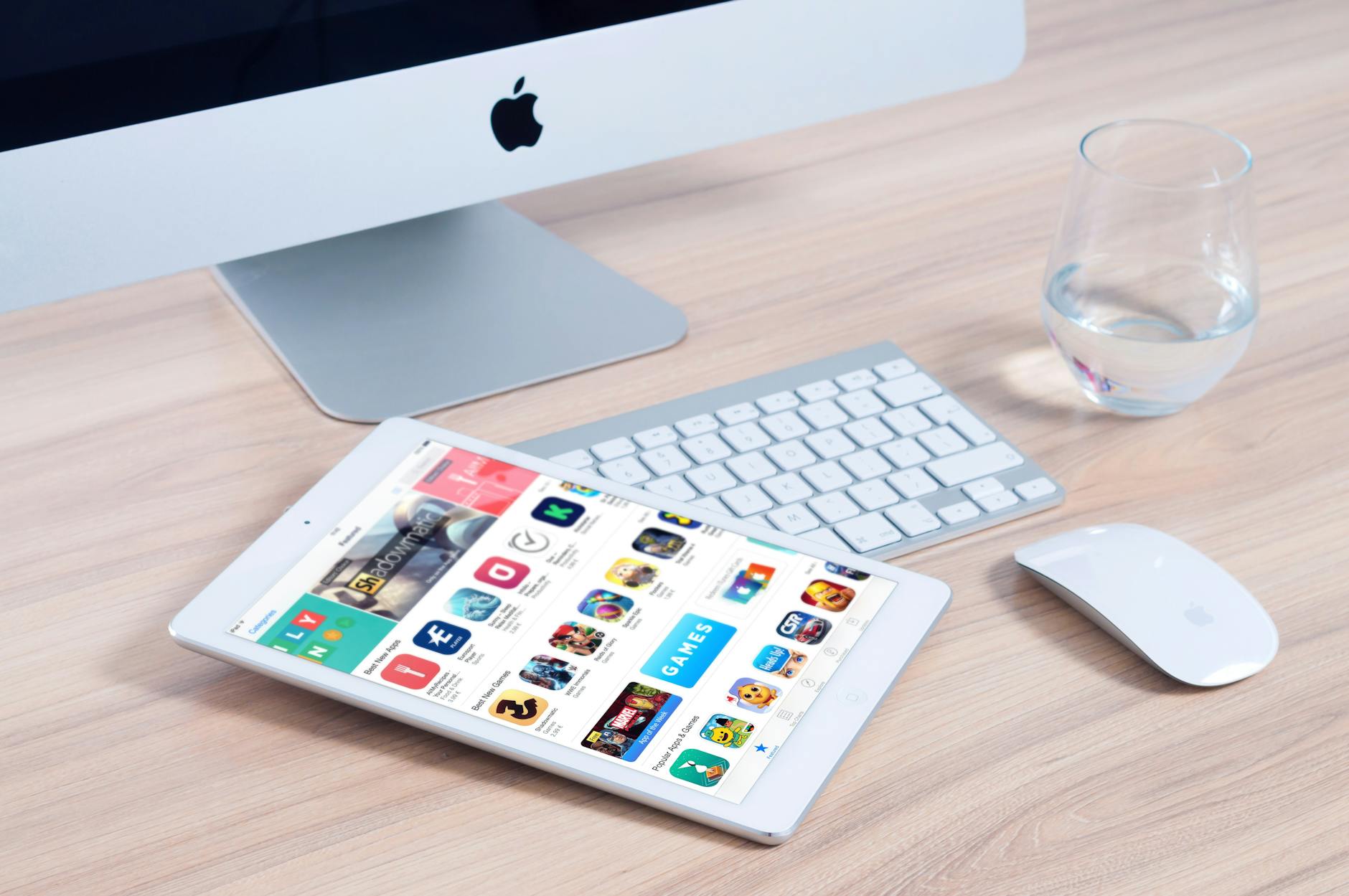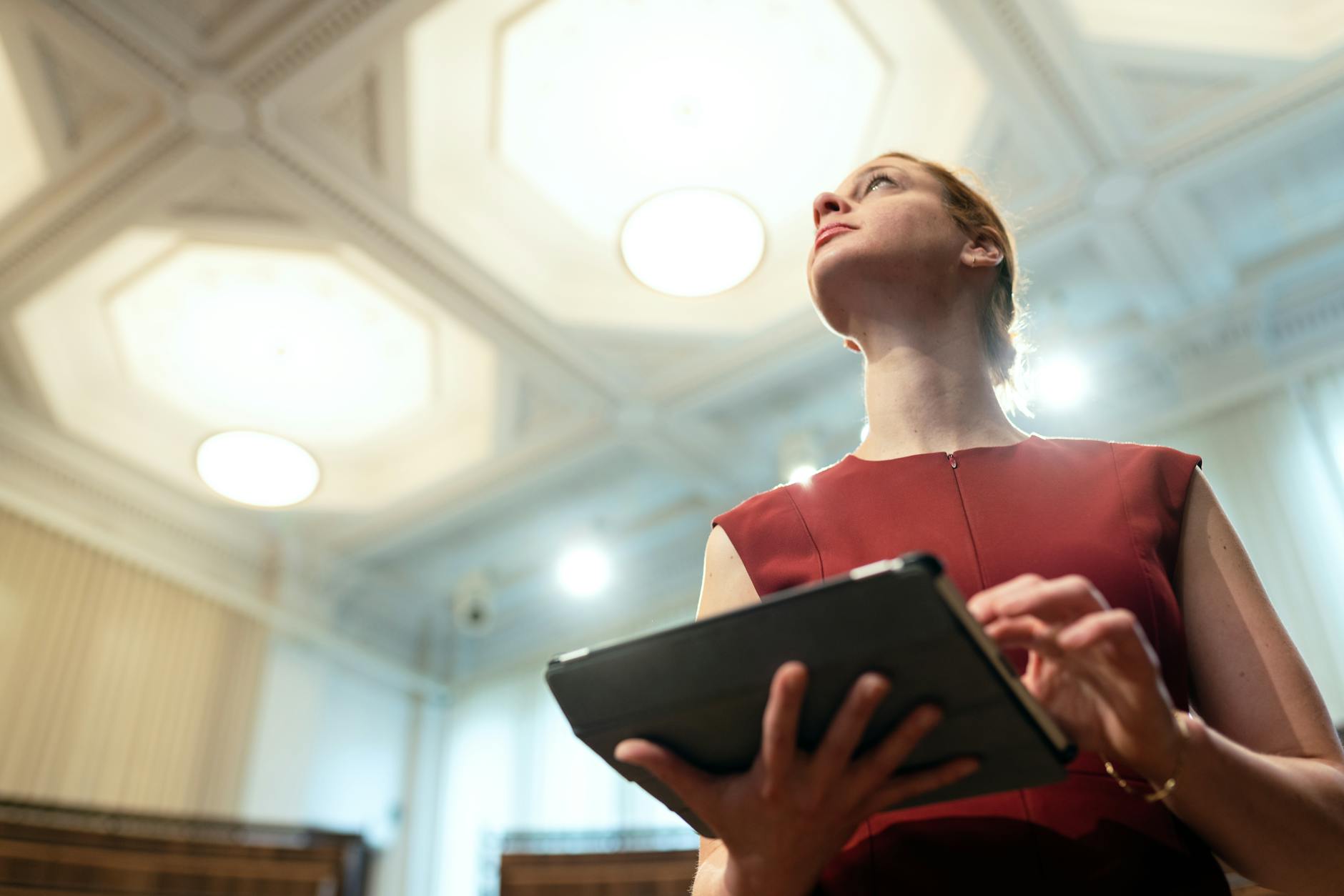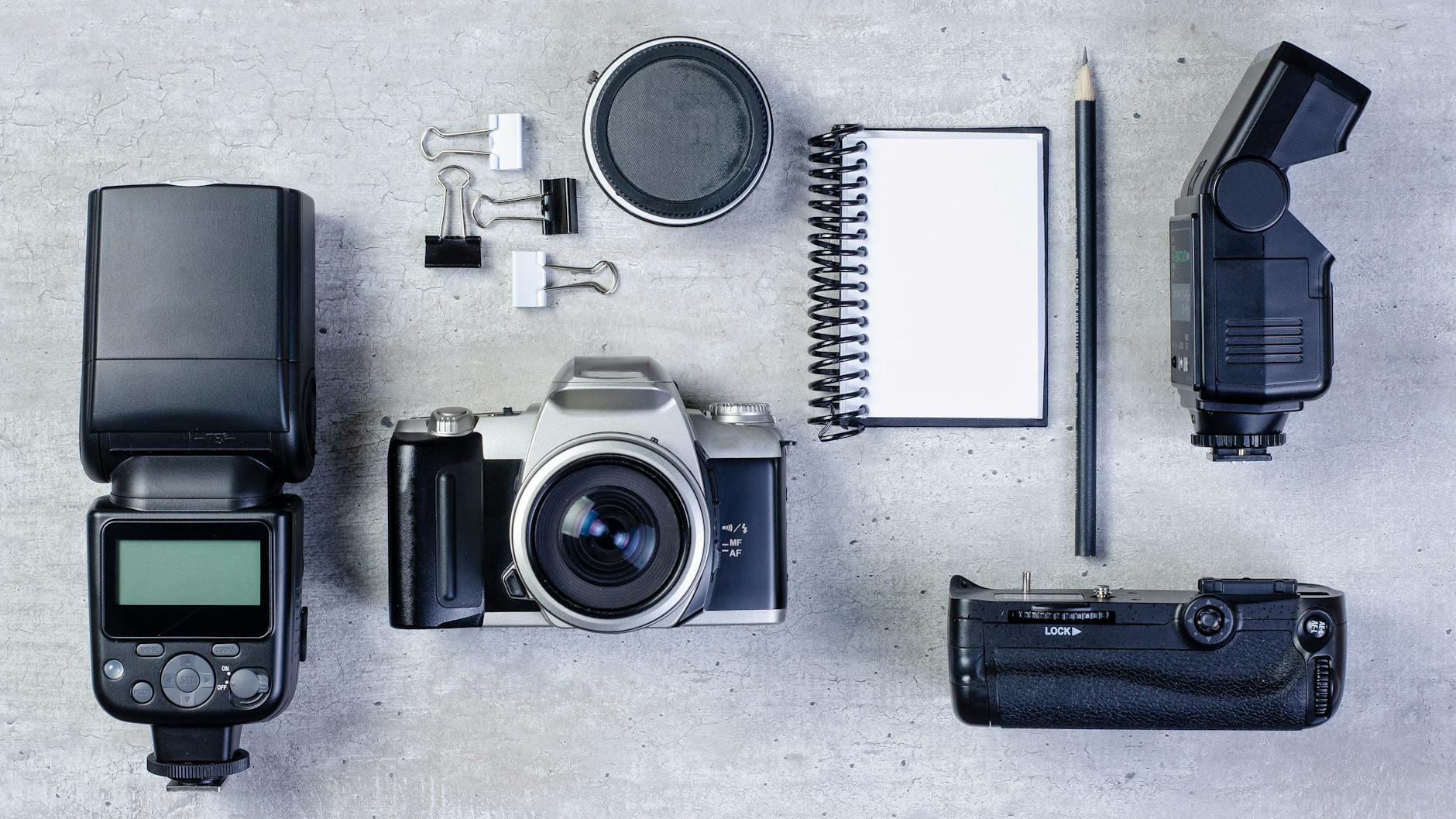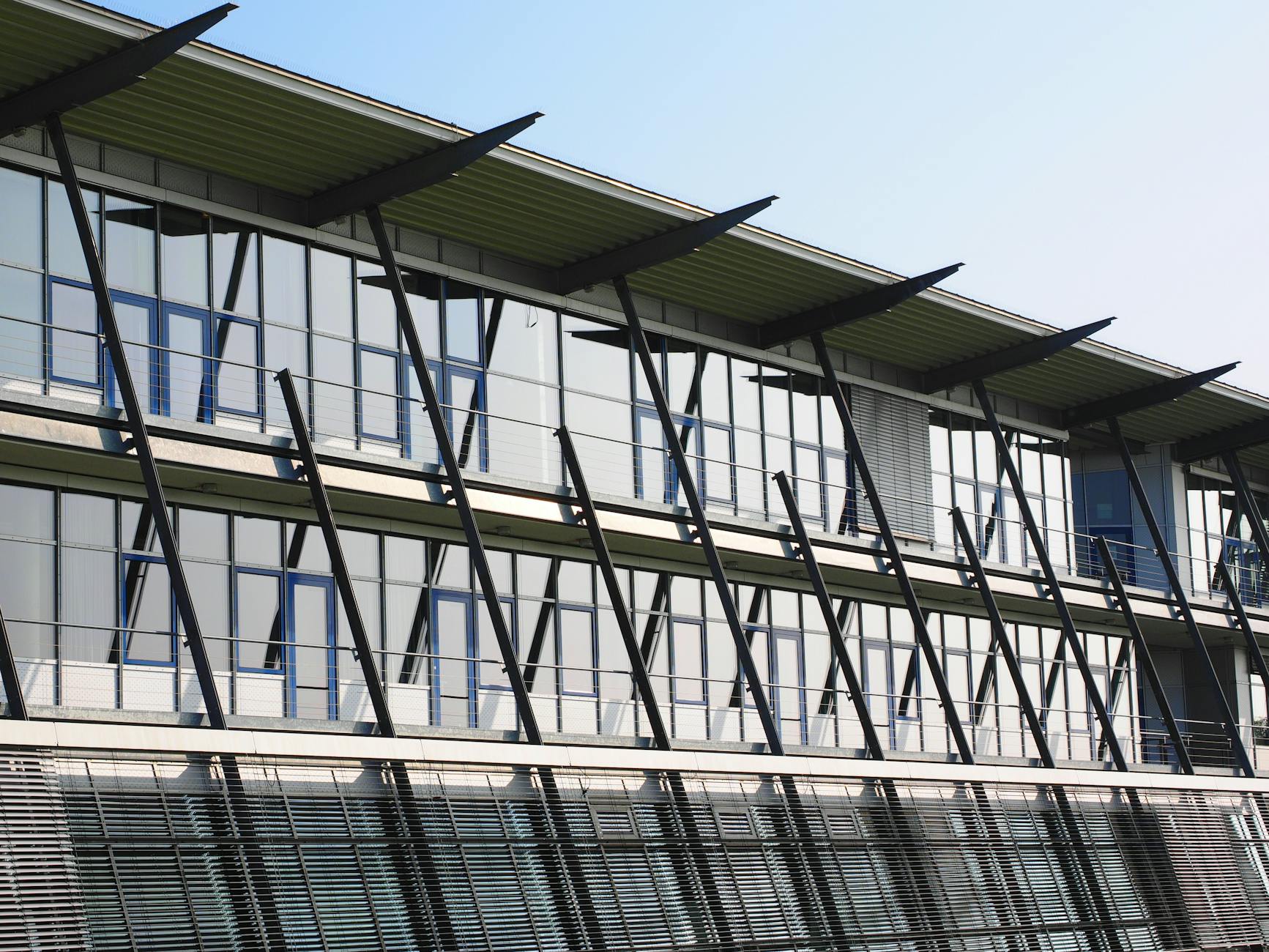Why Australia is a Haven for Sound Designers Seeking Innovation

Australia’s Unique Sound Design Landscape
Australia's sound design landscape is a mesmerizing tapestry woven from diverse cultural influences and pioneering technology. With the Melbourne International Film Festival serving as a creative hub, it's an annual pilgrimage for anyone passionate about the art of sound and film. Here, I've often found myself engrossed in the layered textures of live performances, each experience enriched by the tech innovations from nearby sound studios in Southbank.
Among the pioneering advancements that fuel this scene are hearing loop systems. These ensure that audio experiences remain accessible, breaking barriers for those with hearing difficulties. It’s not uncommon to see these systems integrated seamlessly in venues, from lecture halls to theaters, amplifying both the reach and impact of sound.
But accessibility is just one chapter in this evolutionary tale. The introduction of universal remote systems has transformed how audio-visual technology is managed. Professionals like us can control complex setups with ease, making transitions between inputs smooth and intuitive. Such innovations reflect the community’s pursuit of excellence, akin to audio retailers offering the latest gear along Elizabeth Street.
In the realm of cinematic production, PTZ cameras shine, allowing directors and sound designers to capture dynamic visuals while maintaining focus on auditory clarity. As I reminisce about past projects, these technologies stood as cornerstones in crafting memorable, multi-sensory experiences, embodying Australia’s commitment to evolution in sound design.
Advancements in Educational Sound Design
Interactive Audio in Learning Spaces
In my experience, transforming educational spaces with audio can be as thrilling as attending the Melbourne International Film Festival. I'm particularly passionate about integrating acoustic panels into classrooms. These panels not only improve sound quality but also create engaging environments where students can focus, mirroring the sound clarity cherished in professional studios in Southbank.
Customized Acoustic Experiences
When working on a sound project, I always aim to transport listeners to a specific setting through tailored audio experiences. Customizing soundscapes in educational settings can significantly enhance the learning process. Picture a lecture hall equipped with advanced loudspeakers that create immersive, life-like situations. Such technologies can captivate students' attention and make complex topics more accessible. During one of my projects, adjusting the audio in a lecture theater profoundly impacted how the audience perceived the presentation—an effect that can easily translate to the classroom.
Emerging Audio-Visual Technologies
Strolling through audio equipment shops along Elizabeth Street, I often encounter cutting-edge tools that inspire my audio-visual work. Technologies such as binaural sound and interactive holographic interfaces are now making their way into education. They offer opportunities for more interactive and inclusive learning experiences, breaking down barriers and ensuring every student is engaged and invested in the subject. These innovations remind me of the essential role sound design plays, not just in film but also in elevating educational environments.
Collaborative Opportunities in Australia
Industry Partnerships with Universities
In the vibrant world of audio-visual design, tapping into strategic partnerships with educational institutions is essential. During my time contributing to Melbourne International Film Festival projects, I witnessed the synergy between university students and industry leaders. These partnerships provide students and educators with real-world projects, while companies gain fresh insights and innovative solutions. It's inspiring to see collaborations where a single recording microphone can be pivotal in creating impactful educational experiences.
Global Conferences and Workshops
Attending global conferences keeps professionals updated on the latest trends and fosters innovation. I remember one event particularly noted for its insightful panel discussions held at the iconic venues of Southbank's sound studios. These gatherings offer vital networking opportunities, bringing together educators, technologists, and sound artists to share ideas. Furthermore, they emphasize emerging practices involving AV cables and other essential technologies pivotal to integrating sound and visual components into learning environments.
Networking with Local Creative Communities
Melbourne's creative community offers an incredible space for networking with like-minded professionals. Take, for example, the bustling hubs along Elizabeth Street where sound and film professionals gather to share experiences. These interactions enrich the exchange of knowledge, allowing for discussions that guide technological adaptations in educational settings. Getting involved in local communities ensures that one's approach to sound and visual design constantly evolves, benefiting educational institutions and beyond.
Practical Implementations for Education
Classroom Integration Strategies
Incorporating advanced audiovisual technologies into educational environments can transform how teachers and students engage with content. For me, using data projectors to display vivid, large-scale visual aids enriches the learning experience by inviting immersive exploration of subjects. These digital tools foster a more dynamic interaction, making them invaluable in modern classrooms.
For seamless presentations, consider upgrading to a motorised projector screen. There's something satisfying about a screen effortlessly descending from the ceiling, ready to showcase content at the press of a button. This setup not only elevates the aesthetic of a space but also ensures efficient use of class time. Having seen this in action in some of the best sound studios in Southbank, I can attest to its impact on both aesthetics and functionality.
Tools for Enhancing Accessibility
With the right equipment, education becomes accessible to all students, regardless of their personal challenges. Hearing loops are essential in supporting hearing-impaired students by providing clear audio directly to their hearing aids, reducing background noise. Thoughtful integration of these systems bridges the gap between learners' needs and available resources.
Faculty Training and Support Systems
Effective integration goes beyond technology alone. Training faculty to confidently use new equipment is crucial. Hosting interactive workshops or hands-on demonstrations prior to implementing new tools can significantly reduce the learning curve and boost confidence among staff, ensuring they can make full use of the available technology. This approach guarantees that every teaching member can make the most of these cutting-edge innovations.
Challenges in Sound Design and Long-Term Solutions
Navigating Technological Barriers
When I first embarked on a sound project for the Melbourne International Film Festival, I faced technological limitations that seemed insurmountable. Classic audio editing software just didn't cut it. However, engaging with local experts and visiting audio equipment retailers along Elizabeth Street opened my eyes to innovative solutions that reshaped my approach. Overcoming barriers often involves staying updated with emerging software and hardware while maintaining a flexible mindset. By visiting places like Southbank's iconic sound studios, one gains hands-on experience that transforms theoretical challenges into practical adventures.
Ensuring Accessibility and Inclusivity
Working on a community-driven film project, it was vital to ensure that everyone could access the material, regardless of their sensory limitations. We crafted an inclusive soundscape using tools designed to enhance video accessibility issues. It's not just about ticking boxes but about delivering authentic experiences everyone can relate to. Engage with organizations focusing on inclusivity for a broader view of what's possible. This aligns with the inclusive spirit of Melbourne's vibrant creative communities.
Continuous Professional Development
I can’t stress enough the importance of ongoing learning, especially in our dynamic field. During a workshop at Southbank, I realized how essential it is to regularly update one's skills. Attending global conferences and tapping into local networks provide insights and connections crucial for growth. To keep pace with advancements, prioritizing educational benefits of av technology is key. Keeping your learning journey active ensures you’re always ahead of the curve, especially in a hub like Melbourne.


